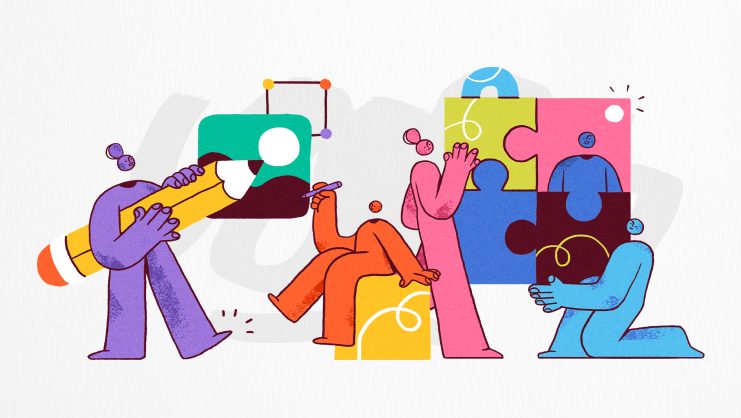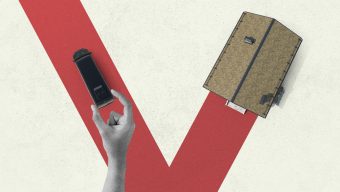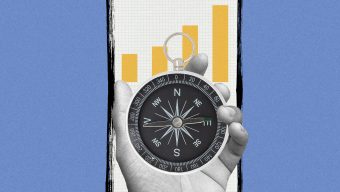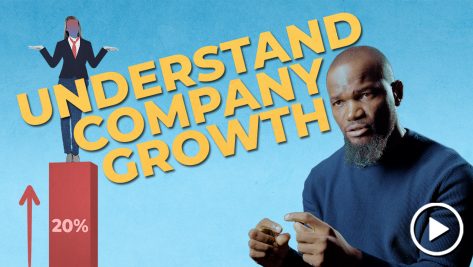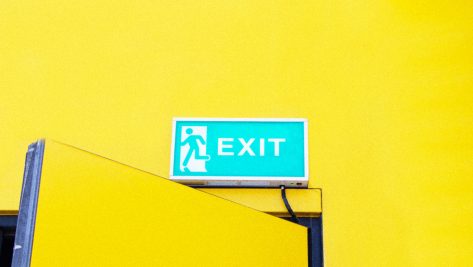From Hierarchies to Self-Organization: RenDanHeYi Explained
The RenDanHeYi model integrates Chinese and Western cultures to transform traditional companies into self-organizing units. Watch as Haier founder Zhang Ruimin explains how it works.
© IE Insights.
Transcription
Haier’s original concept of RenDanHeYi represents a new model in the Internet of Things era. To put it simply, it brings cultural elements from Chinese and Western cultures together and focuses primarily on two aspects: organization and individuals. Firstly, it transforms the traditional enterprise into a self-organization. This operation is not about leaders giving orders and telling people to do things in a certain way. Instead, everyone organizes themselves based on social development. Quantum Management is a dynamically evolving organization.
So why dynamic evolution? Because social development is no longer static; it is moving constantly. Therefore, the world view of quantum management is that dynamic relationships are the basis of all existence, so everything is dynamic. So, we have transformed our company into a self-organization, eliminating hierarchical structures.
Another aspect is transforming traditional employees into autonomous individuals. Here, the quantum individual is both an independent self and a self for others, with everyone creating value for users. Each person works independently, but this independence does not involve mutual constraints. Instead, it connects all individuals synergistically.
In traditional Chinese culture, this concept can be traced back to the I Ching (Book of Changes) over 3,000 years ago, which says that “There appears a flight of dragons without heads (leaders)”. This concept has been applied successfully in enterprises that we have acquired, such as General Electric (now GE Appliances) in America, Sanyo in Japan, Candy in Italy, and Fisher & Paykel in New Zealand. Why? Because the core principle is always to make these enterprises self-organizing, and to make employees autonomous.
The idea of empowering everyone to express their own value and dignity is completely at odds with traditional businesses. Our unique atmosphere for entrepreneurship and innovation relies on two main aspects. First and foremost is the prerequisite condition of eliminating the hierarchical system. Without hierarchy, all individuals become autonomous, and they can start their own business. They can form an ME (microenterprise) of about 10 people as a self-organizing unit. These MEs can then be linked to each other and become an EMC, i.e. ME communities on an ecosystem chain. They have the same goals, so they can all be independent in their entrepreneurial endeavors.
Another important aspect is the sufficient condition; entrepreneurship is not driven by superior orders but by listening to the users. How is the value of innovation reflected? The value you create for users will reflect your own value. In traditional enterprises, people are often assigned a task by their superiors. Whether the innovation succeeds or not, and to what extent, is not people’s individual responsibility. So, it’s completely different.
This is about bringing each person’s value into full play, meaning they are completely user-oriented, not superior-oriented. For example, GE Appliances in the United States has already done well in the home appliance sector. Now they have decided to transform from being an appliance company into a home ecosystem company. This doesn’t mean supplying a few domestic products, it means transforming all products into smart ones.
So, what do we call this? ChatGPT may be an artificial intelligence chat system, but our goal with HomeGPT is to continuously create an intelligent life for users through IoT integration, enabling users to live in the era of the Internet of Things. I think the future of companies should be more like a federation, with many relatively independent enterprises below. So, when we implement RenDanHeYi, we delegate all the power of the CEO, decision-making authority, hiring authority, and allocation of resources. Every small organization has these rights and can innovate independently. Moreover, many companies have already gone public on their own.
so they’re all moving in different directions, creating new models and projects. This contrasts with traditional organizations, which move together as one in a single direction. In short, a traditional enterprise is like a ship that can only go in one direction and its teams are on board this ship. But the minute there’s a problem, it might turn into the Titanic. However, in our case, we will be like Columbus’s ships.
Although none of these ships are large, they embark on pioneering new voyages and markets. Eventually, they will grow and expand. So, I think that future organizations must be like this. Furthermore, in the year 2000, when Peter Drucker was 91 years old, he made a very important prediction that 25 years down the line, companies as we know them would cease to exist. The reason is that their systems and economy cannot survive. Hierarchical structures and product-centered economies are no longer effective. So, our structure needs to transition from a hierarchical system to self-organization, and the economy needs to shift from being product-centric to user-centric, focusing on the user experience. Thank you.



